The climate emergency has been recognized as a critical issue, with the United Nations emphasizing the essential role of climate change education.
But what sort of education? Climate change is a complex problem that is so ambiguous and interconnected that it may seem impossible to address. Climate change education must go beyond scientific and environmental literacy, to engage with social, political, educational and economic dimensions of the problem.
In varied ways, our work has been concerned with new ways of thinking that involve the intersection of multiple disciplines, and ways of knowing in different cultures. Author Chenkai Chi has explored how teachers from Canada and China can learn from each other to help students address challenges of our times, under the direction of education professor Shijing Xu and Michael Connelly, who study how people from different cultures can reciprocally learn from each other.
Susan Drake, co-author, has been concerned with how to build curriculum that holistically integrates different disciplinary concerns, and how education can shape a new story.
“Transdisciplinary thinking” involves moving into more interdisciplinary ways of thinking and teaching and is an intellectual disposition that prioritizes combining forms of knowledge and making connections between themes and approaches.
Ellen Field, who researches policy and practice of climate change education in Canadian schooling at Lakehead University, highlights the importance of transdisciplinary and holistic approaches to teaching climate change to students and people studying to become teachers.
Big questions to address complex problems
Educators can approach designing curriculum beginning with a big question like: “How can we address x problem and insure sustainable well-being for individuals, societies and our planet?”
Although the breadth of this question may seem like overkill, this approach emphasizes the crucial understanding that “the environment” is ultimately involved in other persistent complex problems, such as racism and poverty.
Read more:
Why pollution is as much about colonialism as chemicals — Don’t Call Me Resilient transcript EP 11
The Story Model is a transdisciplinary framework that one of the authors of this story, Susan Drake, developed with colleagues in 1992. This framework recognizes that stories shape our assumptions and behaviours in powerful ways, and that humans have the power to choose stories that reflect collective positive values as a collaborative global community.
The Story Model framework begins with a big question designed to help students consider stories of the present and past, and a future story they wish to participate in.
Designing interdisciplinary lessons
Teachers could use the Story Model to design a lesson drawing on transdisciplinary insights related to climate change.
(Susan Drake), Author provided (no reuse)
1. Explore a topic, generate a big question.
Part of designing lessons for students begins with determining how to meet curricular accountability requirements. For example, in Ontario Grade 11 and Grade 12 Canadian and World Studies (Economics, Geography, History, Law, and Politics), groundwater is a topic. One requirement states: “explain how human modification of the landscape” (like urban expansion, paving, river damming or diversion, deforestation, draining of wetlands or mining) affects natural systems, for example, changes in groundwater.
A big question could be: How does groundwater — water underground in spaces or cracks in soil, sand, and rock — impact life below and above the surface?
Read more:
The global race for groundwater speeds up to feed agriculture’s growing needs
2. Analyze different aspects of the present story.
Relying on the Story Model, consider personal narratives, cultural stories, global impacts and universal human values to understand a topic deeply. For example, students would have an opportunity to safely share personal narratives (where no one is put on the spot or asked to speak for a particular community), and this will yield different perspectives. Some students may have experiences with water contamination or conservation.
Considering cultural lenses could refer to educators finding ethical ways to represent perspectives that would otherwise be marginalized or absent from contemporary western public schooling. For example, Indigenous communities in Canada have traditional stories and practices that emphasize the sacredness of water and the need to protect it from pollution and overuse.
Read more:
Education for reconciliation requires us to ‘know where we are’
Examining global impact could mean considering over-extraction of groundwater in different countries that leads to significant drops in water tables, affecting millions of people and agricultural productivity.
A universal lens points to values and beliefs that connect people across cultures, like survival, love, health and social belonging. Students could examine the imperative of having access to clear water and stewardship.
3. Identify the dominant ‘old story’ and its values.
Students can analyze their topic by identifying interconnected categories like economy, politics and technology, to connecting strands in a web formation and understand connections and context.
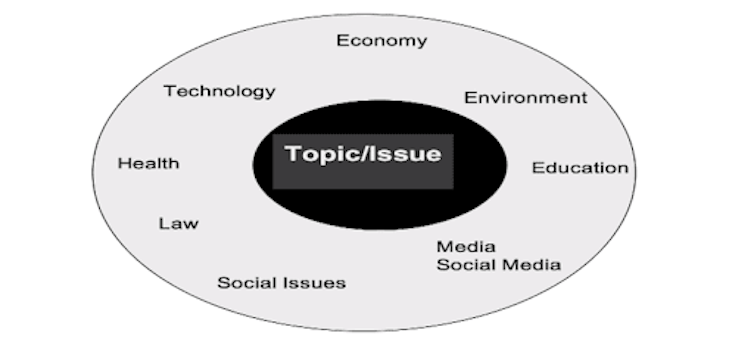
(Susan Drake), Author provided (no reuse)
With the big question “How does groundwater impact life below and above the surface?” students could consider how each interconnected respective category might address this question, as well as historical roots and persistent values.
Students could critically examine negative and positive dimensions of “old values” with regard to groundwater. For instance, the value of promoting industrial growth and economic development brought massive technological progress in the form of techniques for irrigation and water extraction that supported agricultural productivity and urban development, which has yielded economic development.
However, such practices have also led to undesirable environmental impacts, such as pollution and depleting groundwater resources.
Read more:
Revisiting the Williams Treaties of 1923: Anishinaabeg perspectives after a century
There is an urgent need to reconcile seeming opposites and to balance both development and environmental preservation.
4. Create a new story: Teachers and students envision future paths by projecting what could happen with a continuation of old stories or an idealized preferred story. They evaluate these stories, focusing on sustainable and just alternatives.
For example, students might explore traditional farming methods that contribute to over-extraction of groundwater and loss of biodiversity. They could also explore a new story that envisions a shift to sustainable farming practices. Such practices incorporate methods that reduce groundwater usage, maintain soil health and promote biodiversity.

THE CANADIAN PRESS/Jeff McIntosh
5. Commit to “my” story: Students develop a personal action plan to actualize a new story they wish to participate in, promoting sustainable practices and advocacy. They might commit to actions such as supporting activities and events to protect groundwater sources or bringing more awareness to conserving water in their daily lives.
This model transcends traditional disciplinary boundaries. It encourages students to analyze current and historical narratives, envision sustainable futures and develop actionable plans. This approach can be part of equipping students to address climate change as an urgent global challenge.
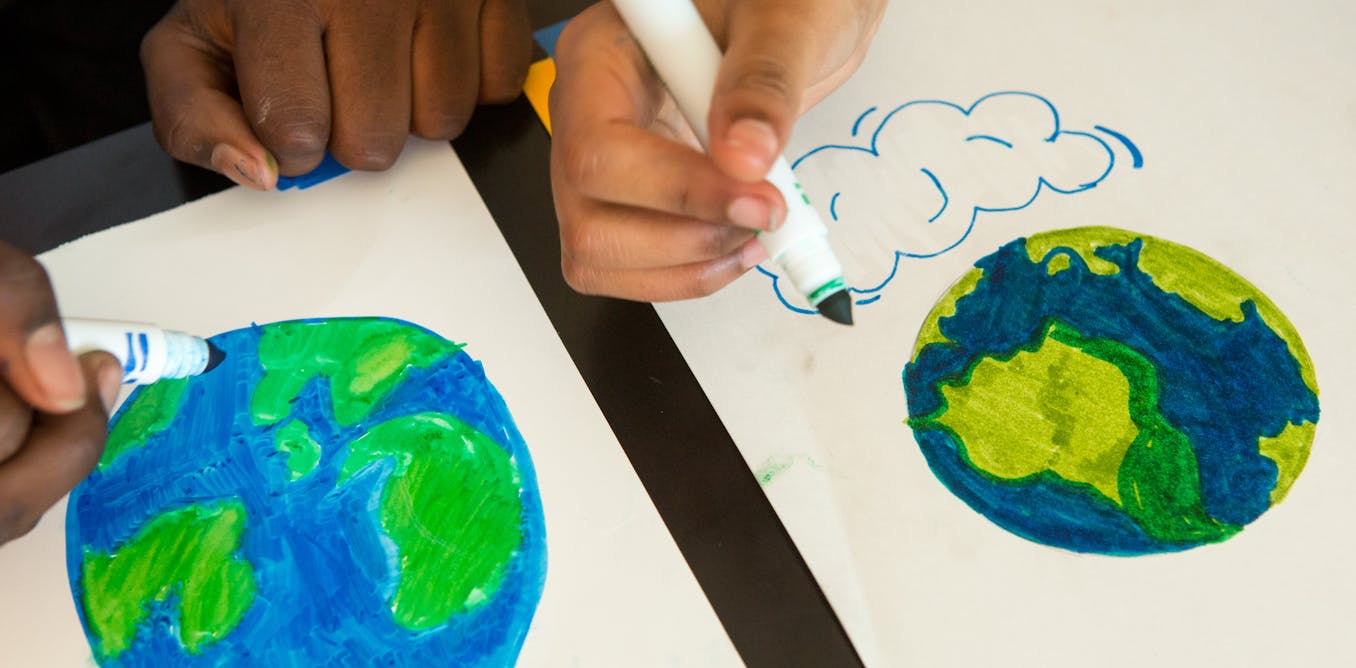
The post “How classroom learning can help students shape new stories about climate change” by Chenkai Chi, PhD Candidate, Faculty of Education, University of Windsor was published on 07/22/2024 by theconversation.com



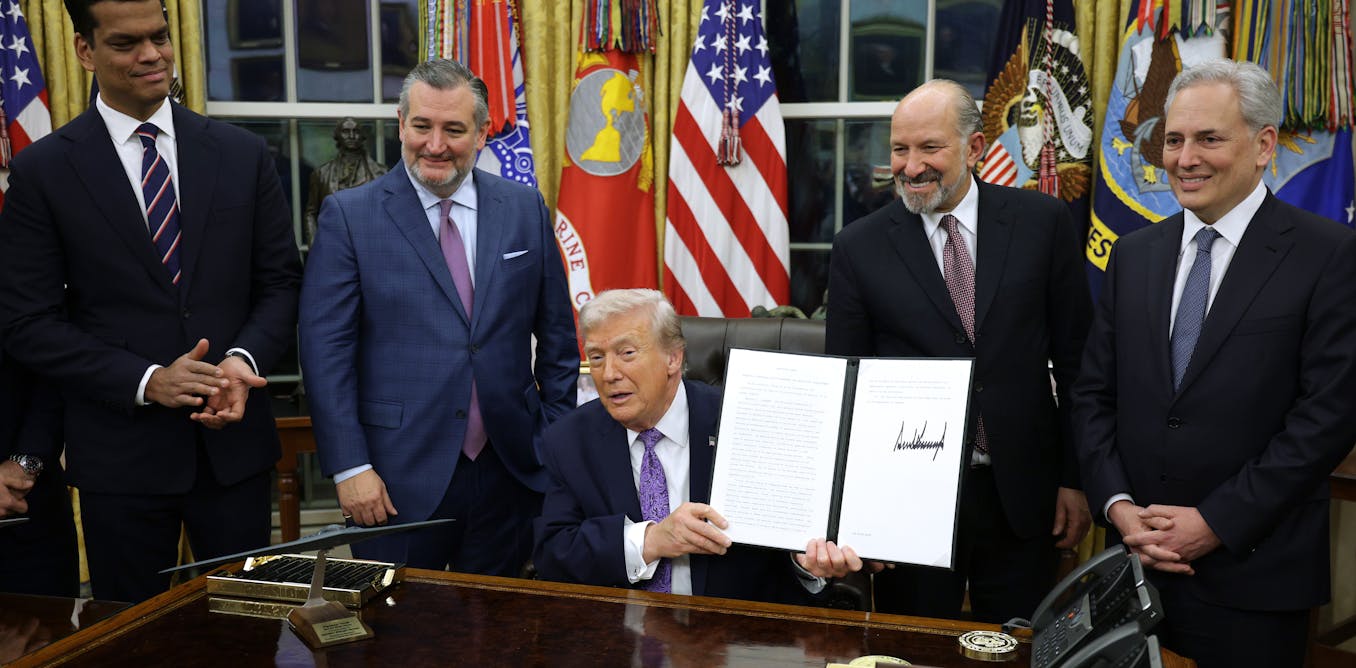












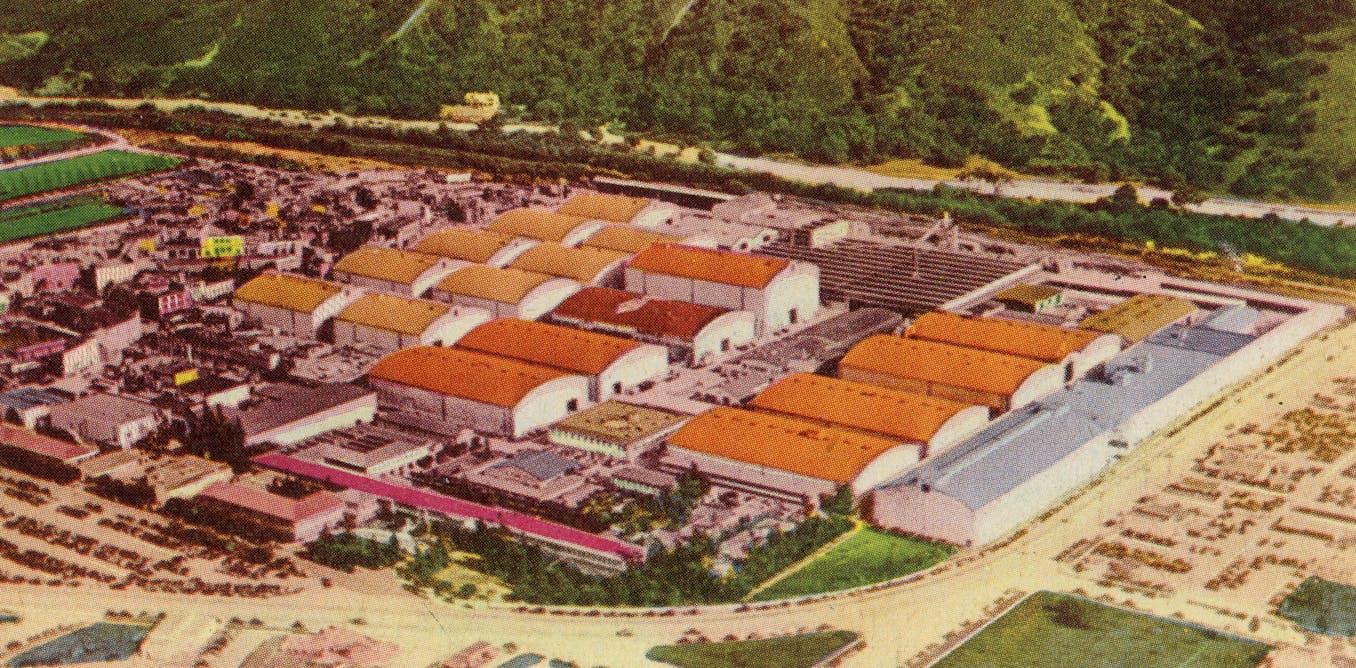





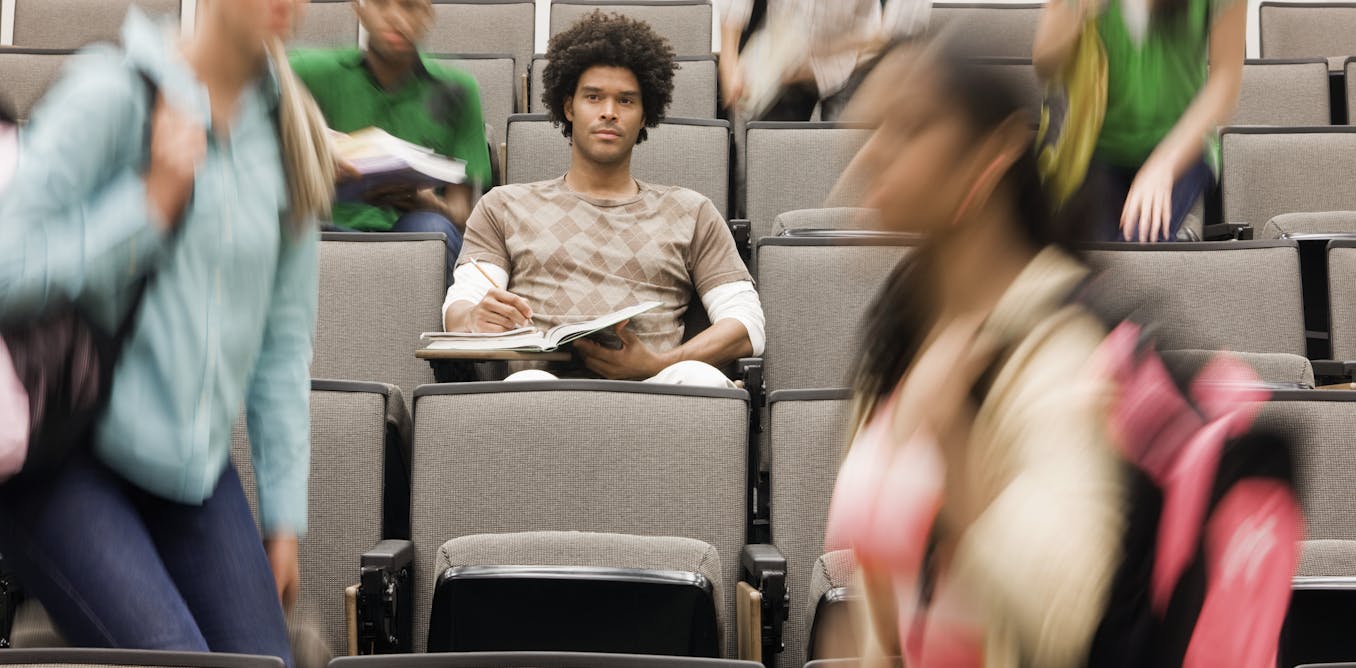










Leave a Reply